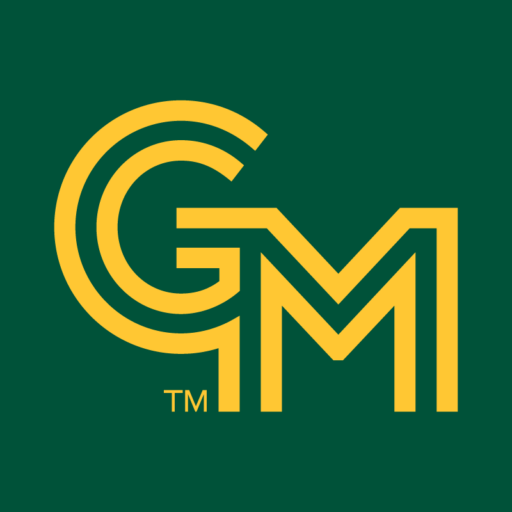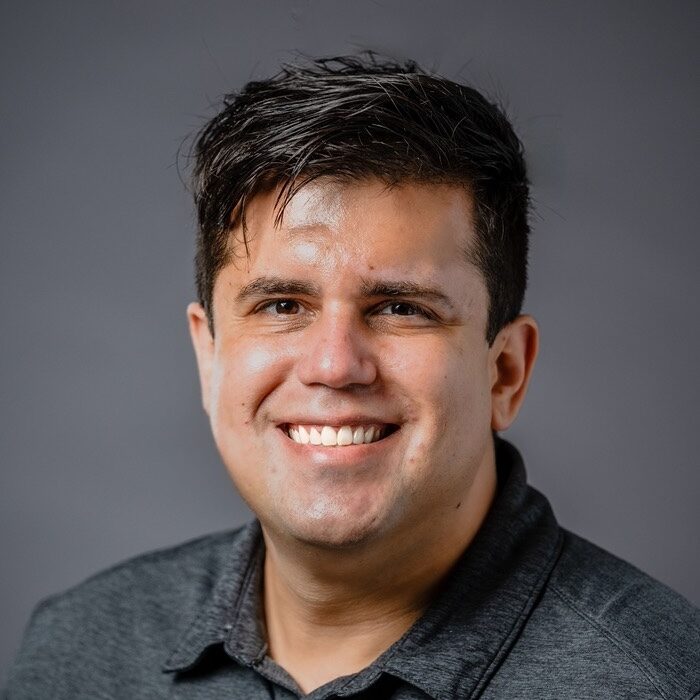Principal Investigator
Research Assistant Professor, Department of Bioengineering
Assistant Director of Design, Center for Advancing Systems Science and Bioengineering Innovation
Curriculum Vitae
Download a copy of my CV here.
How to schedule a meeting with Dr. Acuña
To schedule a meeting with me, please look at my calendar and pick a time (between 9am and 5pm on weekdays) when I do not have anything else scheduled. Send a calendar invite to [email protected].
My mentoring philosophy
Updated: Spring 2023
As a mentor, my goal is to foster independence and promote self-efficacy. This involves direct guidance and training through research activities but is most importantly a shared journey of personal and professional growth. I view the mentoring relationship as a deliberate partnership where we learn from each other, and as such, I will treat my mentees more as colleagues than as students or employees. My hope is that the mentoring experience develops into a lifelong relationship of friendship and professional collaboration. To accomplish this, my mentoring is based on effective communication and alignment of expectations.
When taking on a new mentee, a formal mentoring relationship will be explicitly defined and mutually agreed upon. Here, we will outline what I expect of a mentee, and what they should expect of me. In general, I am less concerned with logistical matters (e.g. what times should I be in the lab?) and I am more concerned with critical thinking and solid deliverables. However, I do expect to meet regularly with my mentees, and one-on-one meetings will result in clear action items that I will follow up on. I do want to establish a clear understanding of the student’s personal career goals so that I can tailor my mentoring to help the student reach those goals, with the understanding that goals and ambitions will evolve with time. As such, I consider the mentoring contract a “living document” that will be updated to best reflect our current needs. At least once a year, we will review this document and talk about how we are reaching our long-term goals.
My new mentees will immediately join in a research activity to “get their feet wet” and start seeing some data, even before fully realizing what it means or what they are doing. By jumping in, they will get a taste of what research encompasses through direct experience. Meaning and impact of our research activities will develop through written and oral communication our work. As they progress in their training, my mentees will take a real ownership and control of the research process.
I invite my mentees to join me in critical thinking. I value their opinions and insights when examining data, methods, and the literature, and I want them to voice their thoughts and not defer to my own ideas. I want them to tell me when they do not understand something. I will train my lab to be skeptical of everything, ask tough questions, and contribute suggestions for the next steps in research.
I will also be emotionally available to my mentees. Education and research training is hard, and life has challenges. I provide freedom to fail without judgement—let’s figure out together how we can improve. I want my mentees to live rich, fulfilling, and balanced lives. I will “check in” periodically to see how they are doing in life outside of research. I hope we can develop a positive relationship where we celebrate our non-academic achievements and interests, as well as our struggles.
Lastly, I see good mentoring as one of the most powerful tools for scientific success, and I want to be good at it. I intend to keep my lab small—so I can be as actively involved in the research as possible—while purposefully cultivating a lab with a rich diversity of experiences and backgrounds. Research is a communal practice, and our team will be the foundation of our academic endeavor. Most learning and training will take place together as we share our resources and pass down what we have learned to the newer students. Our research lab community will provide a space to share our struggles as well as our successes.
My teaching philosophy
Updated: Spring 2023
My goal is to be an outstanding and sought-after teacher, whose courses are engaging and exciting and whose students develop a strong intuitive and analytical understanding of the material.
When students enter my classroom, there is music playing. It may sound trivial, but it creates a more relaxed environment than a traditional engineering classroom. It is also a way to engage my students—during each lesson I recruit a student to provide a playlist of music for the ten minutes before the next class starts. I have found this simple activity teaches us about each other and makes me more accessible as an instructor. I want my students to live a whole and balanced life and not spend their life solely in pursuit of academic success, so I set an example of that for them each day. I am always bringing my personality into the classroom like this, though soon I will figure out how incorporate my electric guitar as well.
My Experience
My teaching is best suited towards project-based learning involving semester-long design projects in multidisciplinary teams. Most of my teaching experience comes from teaching a project-based senior-level product design course in the Mechanical Engineering department at the University of Wisconsin–Madison, which I co-taught with two adjuncts who worked full-time at a local product design firm. Over four years, I taught over 150 students about Design Thinking methodologies to seniorlevel mechanical engineering, biomedical engineering, and business school students, culminating in a semester-long design project. I framed this project as a realistic scenario: students act as a design consulting firm pitching a viable and feasible design to corporate clients. I play the role of the client, who provides some vague initial design constraints (last year I asked for a sit-to-stand desk adaptor), and then, throughout the semester, the students conduct discovery research to reframe the design to meet specific user-needs. By the end of the semester, competing teams present their business pitch and final prototype (sometimes in front of actual corporate representatives visiting for the day). The student teams often far exceed the minimum requirements because they like the competitive aspect of the final project. Student reviews for this course have been stellar, consistently ranking me high in my ability to explain complex materials (3.94 out of 5) and my presentation skills (4.19 out of 5). But the highest mark I receive has always been for my enthusiasm towards teaching (4.56 out of 5). Last year, one student review said, “He is a certainly a great lecturer who is extremely passionate!”
Good teaching comes from years of trial and error, which I believe requires a growth mindset. To cultivate my own, I have a systematic and ongoing process of self-evaluation and improvement beyond the routine end-of-semester surveys. I believe if students aren’t learning the material, then I must be teaching it wrong. Most of these self-assessment strategies I learned during a 14-week professional development course called Teaching in Science and Engineering, one of several that I have taken so far. At the end of each lesson, I conduct a short formative assessment—sometimes I have students complete a three-question survey and other times I have them write out a minute-paper to explain what they do and do not understand. To test how well my teaching was demonstrated in student learning, I designed a biomechanics course homework intervention to improve student final exam scores. From this intervention, I found that active learning activities contributed to higher exam scores. I plan to continue developing my teaching through workshops and courses as well, especially to learn how to incorporate new and emerging teaching technology into my classroom (if students are going to have their phones out, might as well try to make them useful!).
Teaching the Art and Science of Engineering
Design and engineering is about both technical skill and an ever-elusive “eye” for good and bad design that is hard to teach directly. In order to accomplish student learning in both of these areas, I do four things.
First, I focus on building their capacity to “see” good design in the real world. At the start of each class, I spend a moment on “cool stuff/crappy stuff.” A volunteer submits one slide highlighting a product they have encountered recently and explains to the class why it is well designed (i.e., “cool”) or why it is poorly designed (i.e., “crappy”). Students love this activity, even though I never grade it and I only use volunteers; each semester begins with one student hesitantly raising their hand when I ask for volunteers and ends with many students being disappointed that they cannot all be picked. The increasing depth of their analysis over the course of the semester is also impressive, moving from their mere noticing unique designs to their applying and evaluating each design using the principles we learn in class.
Second, I use active learning techniques. I do this not only because pedagogical research confirms that students learn better this way [1], but also because it is more compatible with my personal classroom style. A typical lesson would start off with a quick review of a tough homework problem or muddy point from the last lesson—then, before diving in, I write out the main take-away for the day so students know what to expect. Sometimes I leave a “fill in the blank” here, so they are encouraged to find the missing piece. I start the lesson with a question that catalyzes student thinking. This engages their prior knowledge, allows them to interact with each other to share ideas, and prepares them for instruction. It also gives me feedback, so I can tailor my instruction for the day. Then I field a short, full-group discussion before I provide the answer. I try to limit my lecturing to no more than 15 minutes before another activity, usually in their semester-long design teams. I assess student learning through design reviews and relevant deliverables throughout the semester that engage them actively in designing products and critiquing each other’s work.
Third, I emphasize rigor and skill-building. To do this, I plan my lessons using a backwards design framework in order to scaffold student learning toward higher and higher level of awareness and skill. I identify the learning objectives and how I will assess the students well before I plan the actual instructional activity. My learning objectives and assessments to cover higher levels of Bloom’s taxonomy [2], meaning students do not merely show that they can remember or understand a principle—instead they use that principle to analyze, evaluate, and create. In addition, I emphasize writing and statistics in my classroom, both of which I believe are typically under-utilized in undergraduate engineering classrooms but are integral to analytical and critical thinking that engineers need. In the past, I have asked students to write out their own personal design philosophy on the first day of class and revise it throughout the semester; if I was teaching a research methods class, I would have students write and revise a NIH-style specific aims page.Finally, I get my students out of the classroom and provide them with real-world design resources. I have arranged for field trips to product design consultant firms. I have also brought classes to visit the local engineering resources on campus such as a maker space or prototyping lab. Conducting a class here introduces students to the resources and gets them comfortable in the shops quickly, as I strongly believe in the strategy of “build early and build often.” Further, my students would benefit from my experience working closely with and designing for clinically impaired populations (e.g., traumatic brain injury, stroke, older adults), providing them insight into the unique constraints when designing for these individuals. My goal is to develop product design engineers that are not only technically competent, but also have a holistic understanding of physical usability concerns, especially during fundamental movements such as walking and standing.
References:
- Prince M. Does Active Learning Work? A Review of the Research. J Eng Educ. John Wiley & Sons, Ltd; 2004;93:223–
- Krathwohl DR. A Revision of Bloom’s Taxonomy: An Overview. Theory Pract. 2002;41:212–8.
My commitment to diversity and inclusion
Updated: Spring 2023
Embracing diversity is about embracing the differences between people. Some of these differences can be labeled, such as gender, race, political affiliation, and socioeconomic status, but people are also defined by a vast and complex set of characteristics, functions, experiences, and preferences that make them truly unique. I believe this diversity should be acknowledged and celebrated.
One simple way I embrace the diversity of my students is with music. I like to have music playing in the 10 minutes before class, and I curate a semester’s playlist based on recommendations from my students (they send me 3 songs each). By the end of the semester, we have all learned more about each other’s personalities, cultural backgrounds, and interests. Students report that this exercise makes them feel more included in the class and that they are more comfortable to participate.
It is well established that diverse teams consider alternative solutions and encourage innovation, leading to better science [1]. A few weeks ago, I was guest lecturing a class on startups and product design here at GMU, a topic that I taught for a few years at the University of Wisconsin–Madison (a good school, but not considered to have a highly diverse student population). I always ask students what kind of products they would consider developing in a start-up company, and I often find their proposed ideas to be decent but rarely revolutionary. However, during this lecture I was amazed to hear proposals for many new and compelling ideas that would never have crossed my mind. I recognized that these ideas were coming from students that are typically underrepresented in engineering, and their proposed ideas often stemmed from their unique experiences and backgrounds (e.g., skin-colored glucose monitoring systems for pregnant women in middle eastern countries). I told the class that this abundance of good ideas was evidence for why it is important to have diverse perspectives in science and engineering, and I doubt these ideas would have emerged as quickly back in Wisconsin.
I know that societal systems can produce patterns of exclusion and discrimination based on our individual differences. This is usually not deliberate or malicious but emerges because of implicit systemic biases that underly our daily decisions and interactions. However, these biases can create environments that prevent the exact scientists and engineers we need from solving our toughest problems. This phenomenon emerges as low representation of diverse backgrounds in STEM fields, lower pay, less access to opportunities, and even reduced confidence [2]–[4]. For example, racial and cultural homogeneity primes students to believe that being white is associated with leadership and career success [6], which is a very disempowering cultural framework to navigate for a student of an underrepresented racial minority. Thus, to help shift our society away from these biases, I support institutional initiatives to increase diversity in STEM. I consider my own professional success to be a result of the diversity initiatives I participated in when I was younger. For example, in high school I was invited to visit the Electrical Engineering Department at the University of Washington, where I felt valued and that I had the potential to succeed in college.
I am particularly motivated to increase the representation of women in engineering. For three years I organized an award-winning exhibition of biomechanics-based activities to teach engineering principles to K-12 students as part of a college-wide outreach event at the University of Wisconsin–Madison. Research shows that as early as middle school, girls start losing interest in STEM fields [5], [7]. To combat this, I designed our exhibit to influence middle school girls by framing our activities using best practices found in science education literature, including showcasing women scientists as role models [3], appealing to values often associated with women (e.g., helping) [8], and highlighting the non-professional interests of our women scientists [9]. I also ran a study examining how we might have changed the situational interest of female participants, which was presented at the 2018 conference of the American Society for Engineering Education. I have continued to engage in outreach activities during my time at GMU, such as teaching bioengineering principles to high school students through the College Readiness Early Identification Program. I am also organizing a bioengineering senior design project this year that aims to excite high schoolers that are underrepresented in STEM by teaching them about prosthetics and motor control. My goal is for all students to feel included in STEM, and especially within my own field of bioengineering.
I also feel a particularly strong motivation to increase positive Latinx representation in engineering because I have never had a Hispanic or Latinx teacher or professor, ever (including in elementary school). Hispanic Americans are underrepresented in US institutions of higher learning as both engineering graduate students (<5% nationwide) and faculty (<4% nationwide) [5]. Although I identify as Latinx, I do not fit into a simple racial category. This sometimes puts me into an awkward position during our society’s ongoing conversations on racial diversity. My dark-skinned father immigrated from Peru to the USA to marry my white mother, and both sides of my family come from a strong cultural and racial heritage. When I was young, this confusion angered me because I was either not white enough to be welcomed by the white kids, or not Latinx enough to be welcomed by the Latinx kids. However, I have come to see that I have a unique opportunity to help bridge racial divides because I can identify with many categories (i.e., intersectionality). I am a multiracial, heterosexual, cisgender male from a lower middle-class background, and I was the first person in my family to graduate from college. I also have broad experiences related to living in the culturally diverse Seattle area, living in conservative religious communities in Utah, and living with the polite people of the Midwest. I have experienced privilege but also adversity. I hope that my own diversity will help me understand and support students who confront systemic challenge in their education and help to make them feel included. To this end, my responsibility as a mentor and role model within the university is not separate from my work, it is the work.
Despite initiatives to increase representation, it is not enough to only make broad policies that promote diversity: everyone has a personal responsibility to confront their own biases and introspect how they engage with people different than themselves. For example, I became more aware of how I contribute to patriarchal norms through participation in a 2015 university course on women and leadership in STEM. Before this class, I did not know the language of diversity and inclusion but considered myself a well-intentioned person who treated all people fairly. However, the course helped me realize that I often made small assumptions and conclusions based on stereotypes, and that my small unacknowledged biases contributed to the societal problems I hated. I came to realize that learning about diversity, equity, and inclusion is for everyone, and not just for the “bad racist/sexist people”. Societal implicit biases run deep and combatting them is not trivial. We must continually examine our behavior to ensure we are treating all people equitably and promoting a culture of inclusion. I am not perfect, but I have developed habits of acknowledging and confronting these biases as they emerge. Once I catch myself acting in a biased way (e.g., assuming the director of a program was male), I become more conscious of my biases and I can learn from the experience (e.g., to check my assumptions about leadership genders). I just try to get better each day. Last month I forgot to introduce a female colleague as Dr. X but did for the male colleagues, and after noticing that and apologizing, I am now less likely to make that mistake again.
I find working in a diverse and inclusive environment to be exciting, interesting, and rewarding. My goal is for everyone to feel safe and welcome and that they have potential to succeed, and I am taking deliberate action to create this environment. Role models from George Mason University have a large impact on the DMV area, and I hope my commitment to diversity and inclusion contributes makes this positive impact even stronger.
References:
- E. Mannix and M. A. Neale, “What Differences Make a Difference?: The Promise and Reality of Diverse Teams in Organizations,” Psychological Science in the Public Interest, vol. 6, no. 2, pp. 31–55, Oct. 2005, doi: 10.1111/j.1529-1006.2005.00022.x.
- S. T. Lubienski, J. P. Robinson, C. C. Crane, and C. M. Ganley, “Girls’ and Boys’ Mathematics Achievement, Affect, and Experiences: Findings from ECLS-K,” Journal for Research in Mathematics Education, vol. 44, no. 4, pp. 634–645, 2013, doi: 10.5951/jresematheduc.44.4.0634.
- E. M. Lee, “‘“Where People Like Me Don’t Belong”’: Faculty Members from Low-socioeconomic-status Backgrounds,” Sociology of Education, vol. 90, no. 3, pp. 197–212, 2017, doi: 10.1177/0038040717710495.
- M. J. Graham, J. Frederick, A. Byars-Winston, A.-B. Hunter, and J. Handelsman, “Increasing Persistence of College Students in STEM,” Science, vol. 341, no. 6153, pp. 1455–1456, Sep. 2013, doi: 10.1126/science.1240487.
- National Science Foundation and National Center for Education Statistics, “Women, minorities, and persons with disabilities in science and engineering,” Special Report NSF 17-310, 2017, doi: Special Report NSF 17-310.
- S. Gündemir, A. C. Homan, C. K. W. de Dreu, and M. van Vugt, “Think leader, think White? Capturing and weakening an implicit pro-White leadership bias,” PloS one, vol. 9, no. 1, pp. e83915–e83915, Jan. 2014, doi: 10.1371/journal.pone.0083915.
- R. Driver, E. Guesne, and A. Tiberghien, Children’s ideas in science. 1985. doi: 10.1016/j.talanta.2011.03.065.
- N. Dasgupta and J. G. Stout, “Girls and Women in Science, Technology, Engineering, and Mathematics,” Policy Insights from the Behavioral and Brain Sciences, vol. 1, no. 1, pp. 21–29, 2014, doi: 10.1177/2372732214549471.
- S. Cheryan, J. O. Siy, M. Vichayapai, B. J. Drury, and S. Kim, “Do Female and Male Role Models Who Embody STEM Stereotypes Hinder Women’s Anticipated Success in STEM?,” Social Psychological and Personality Science, vol. 2, no. 6, pp. 656–664, 2011, doi: 10.1177/1948550611405218.
Biography
Dr. Samuel Acuña grew up in Federal Way, WA. He became interested in biomechanics while an undergraduate at Brigham Young University. His undergraduate research focused on the biomechanics of figure skating and upper limb movement disorders. He was a founding member of the Neuromechanics Research Group where he was mentored by Dr. Steven Charles. He received his BS in Mechanical Engineering in 2012.
In graduate school at the University of Wisconsin–Madison, he gained expertise in the biomechanics of gait and motor control with a focus on designing assistive technology to enhance rehabilitation and improve human mobility. During his doctoral training with Dr. Darryl Thelen in the Neuromuscular Biomechanics Lab, his graduate research focused on designing neurorehabilitation devices to improve gait after a traumatic brain injury. He recieved the 2017 Young Investigator Award from the Gait and Clinical Motion Analysis Society. He also taught courses on human-centered product design and mentored undergraduate biomedical engineering design teams. He received his MS in Mechanical Engineering in 2015 and his Ph.D. in Mechanical Engineering in 2019.
He completed postdoctoral training at the University of Texas Southwestern Medical Center with Dr. Yasin Dhaher. He strategically chose this position to gain first-hand experience navigating a premiere rehabilitation hospital and foster innovation between interdisciplinary teams of engineers, scientists, and clinicians. His research examined neurorehabilitation of gait and the neural changes underlying female musculotendon knee injury. He also mentored senior engineering design teams at the University of Texas at Dallas.
During the COVID-19 pandemic, Dr. Acuña worked as a biomedical patent advisor at Cooley LLC. He worked with MedTech startup companies on their product designs and helped them navigate the patent procurement process.
He joined George Mason University for additional postdoctoral training to work with Dr. Siddhartha Sikdar in the Applied Biosensing Lab. His research focused on using ultrasound imaging to control upper limb prostheses, as well as identifying ultrasound biomarkers behind chronic neck pain.
Dr. Acuña is now a Research Assistant Professor in the Department of Bioengineering, where he continues to tinker with emerging technology in motor control, rehabilitation, and biomechanics. The overall goal of his research is to integrate rehabilitation engineering with clinical practice through a human-centered design framework. He is also the Assistant Director of Design for the Center for Advancing Systems Science and Bioengineering Innovation.
He lives with his wife and son in Fairfax, VA.
Research Team
Ph.D. Students

Computational Social Science
[email protected]
Undergraduate Students
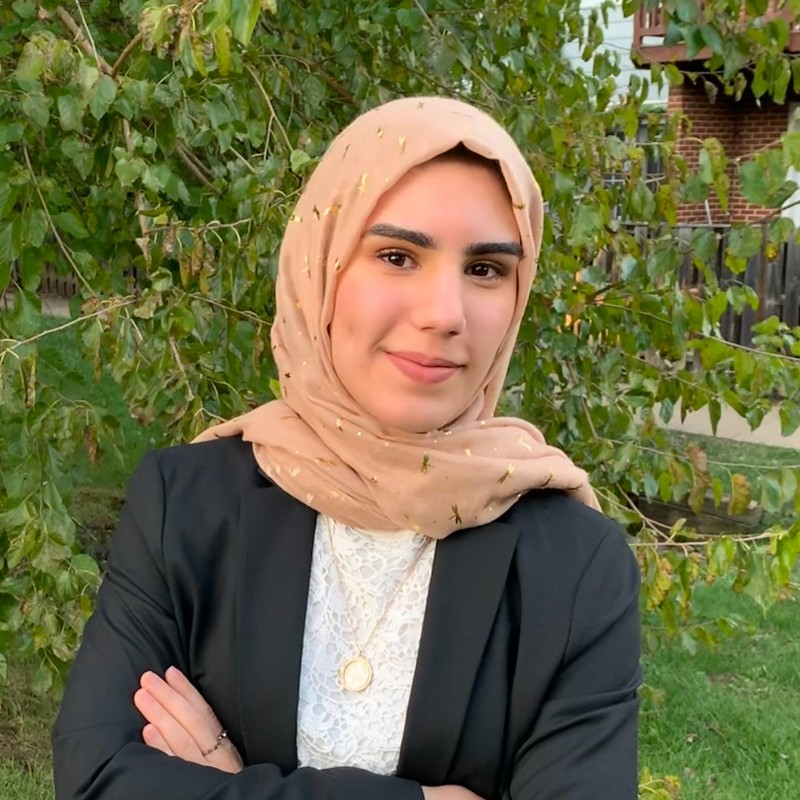
Biology
[email protected]
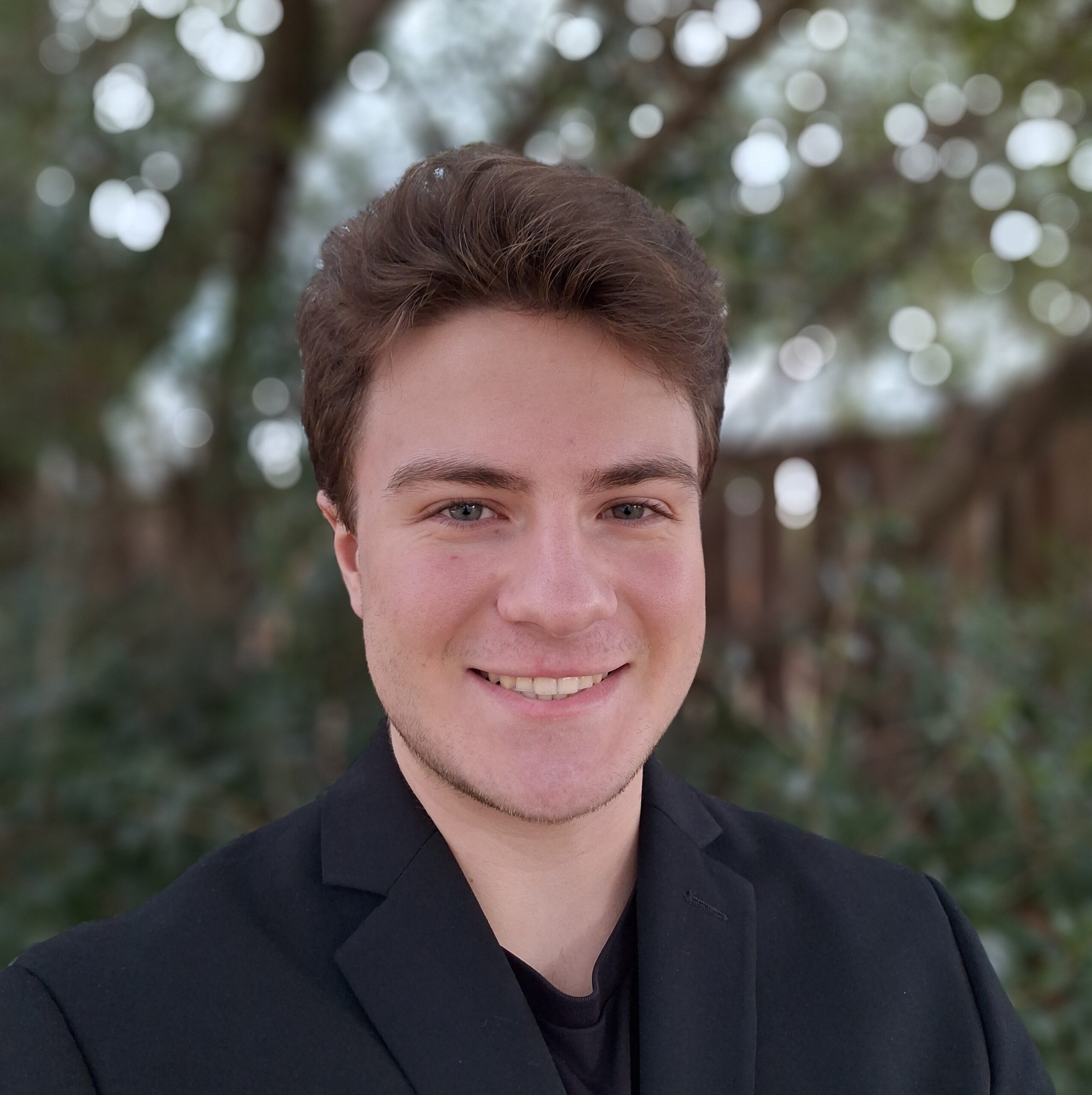
Bioengineering
[email protected]
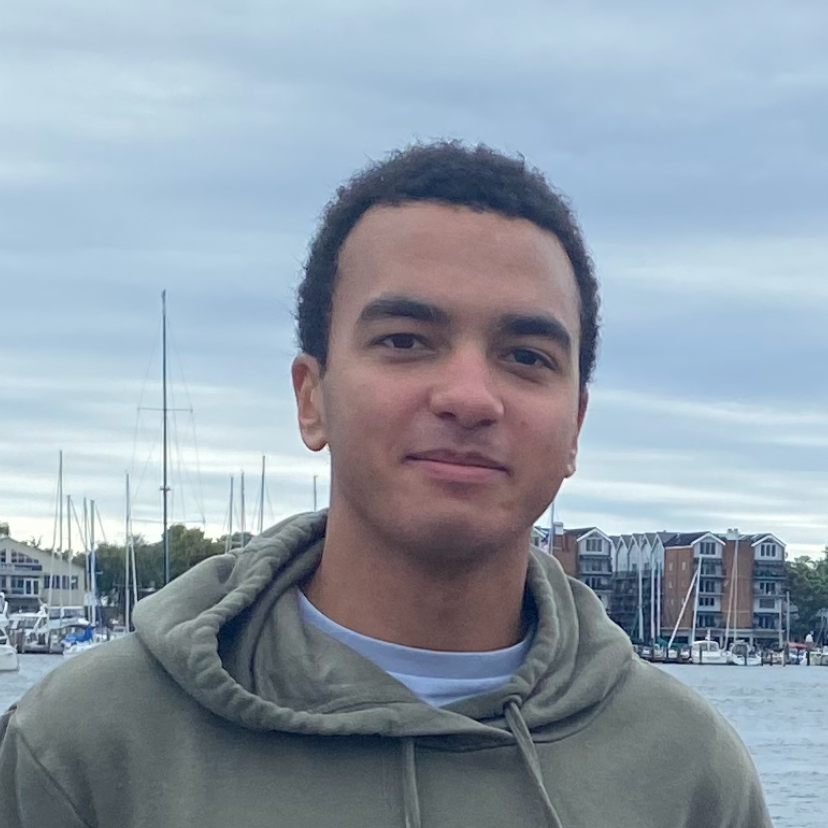
Neuroscience
[email protected]
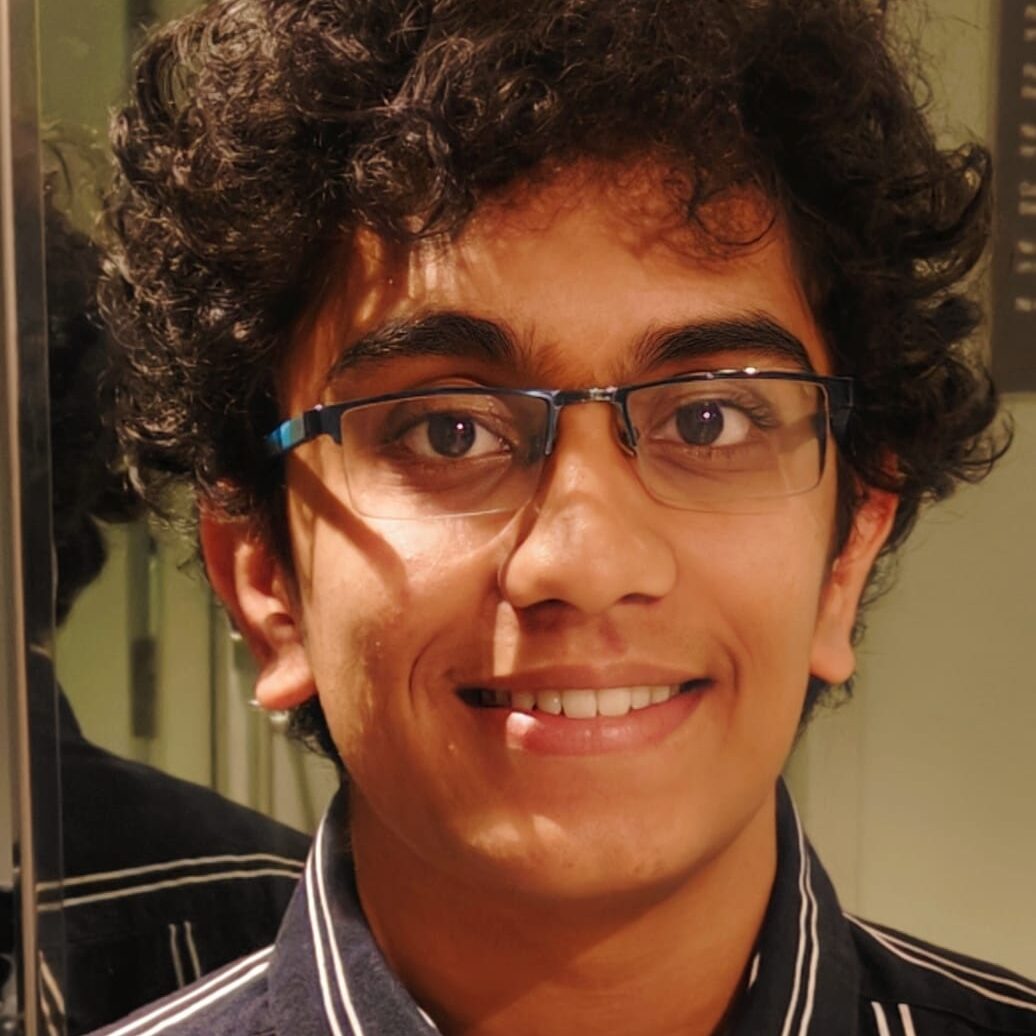
Bioengineering
[email protected]

Bioengineering
[email protected]

Nursing
[email protected]
Alumni
MS Students

Bioengineering
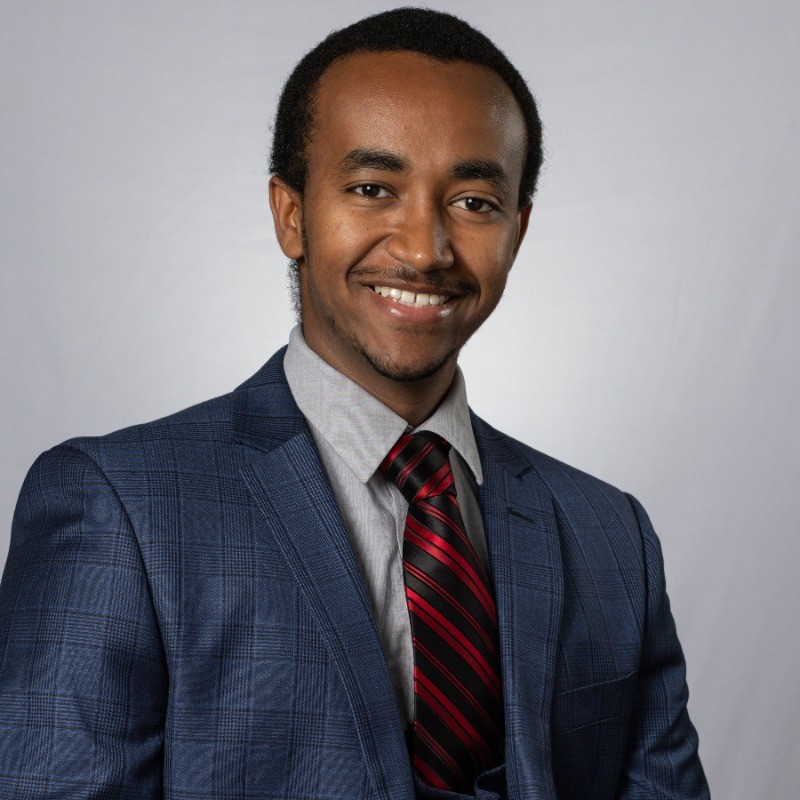
Data Analytics Engineering
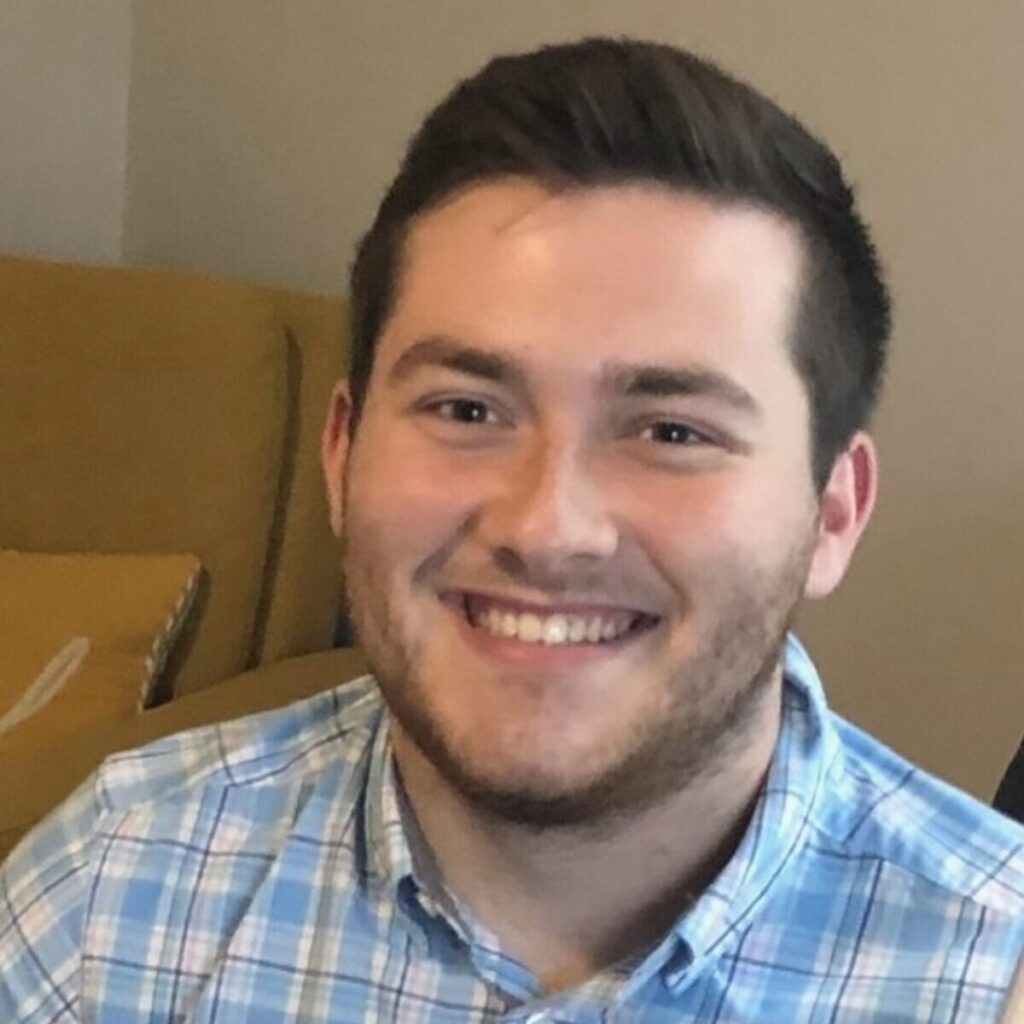
Bioengineering
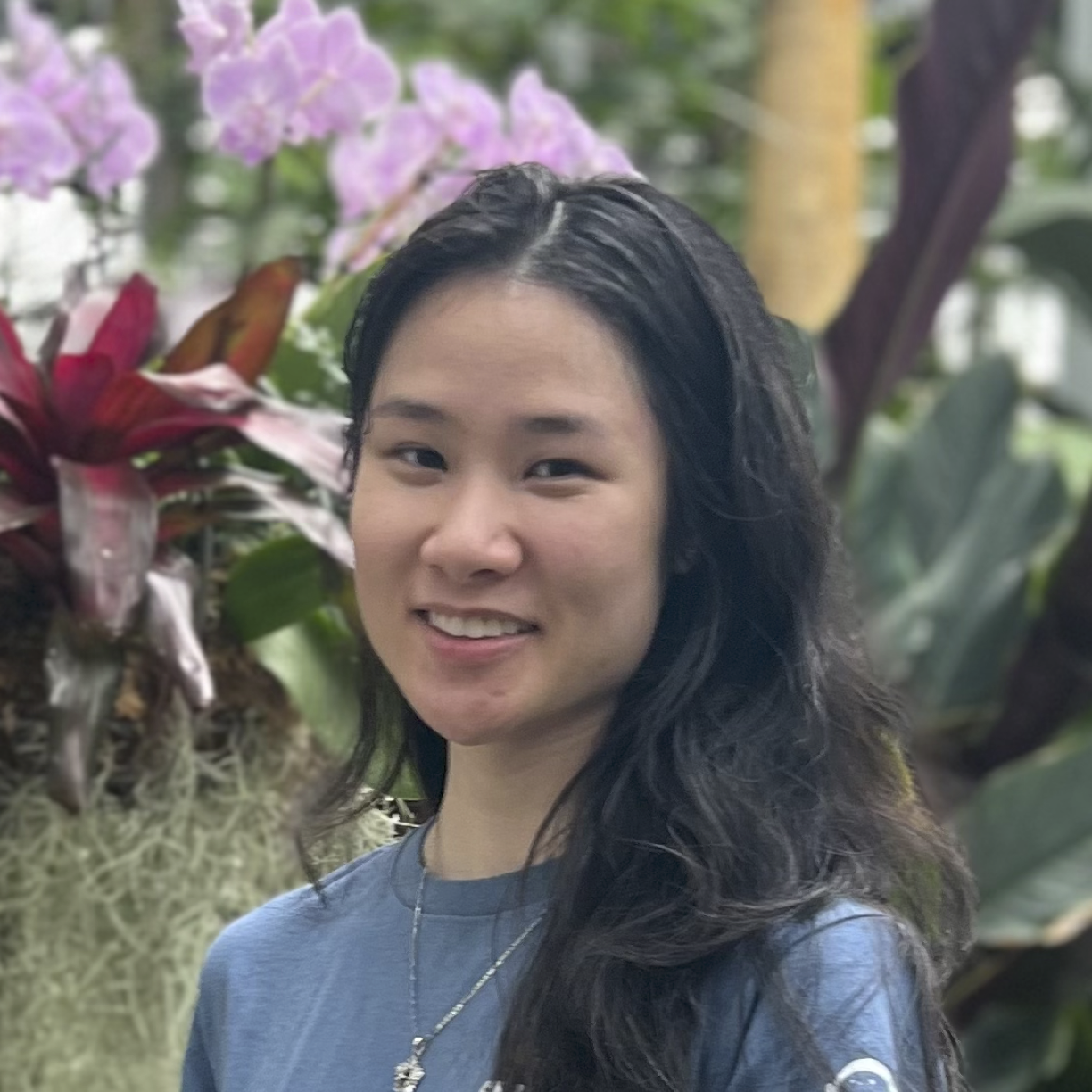
Bioengineering
Undergraduate Students
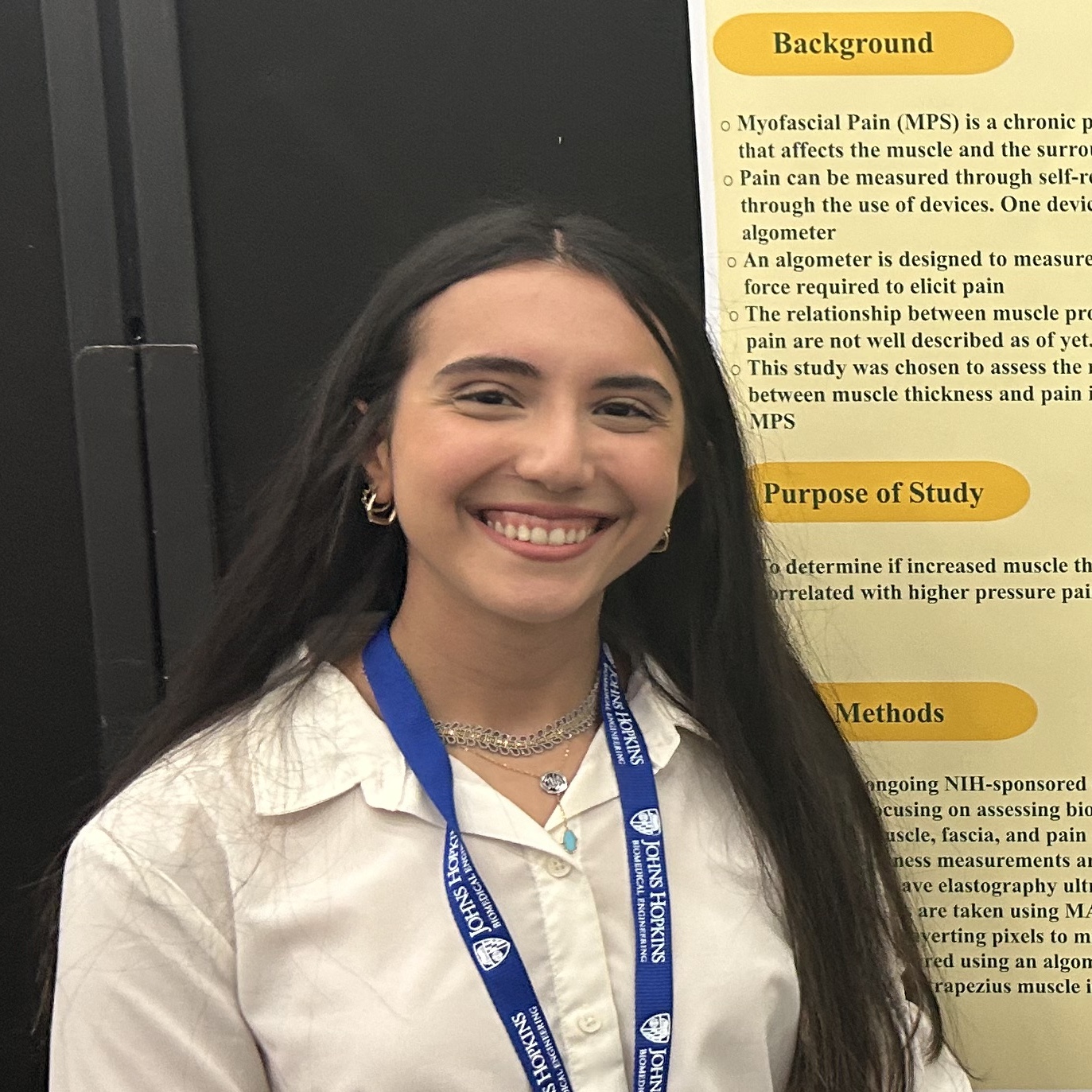
Forensic Science
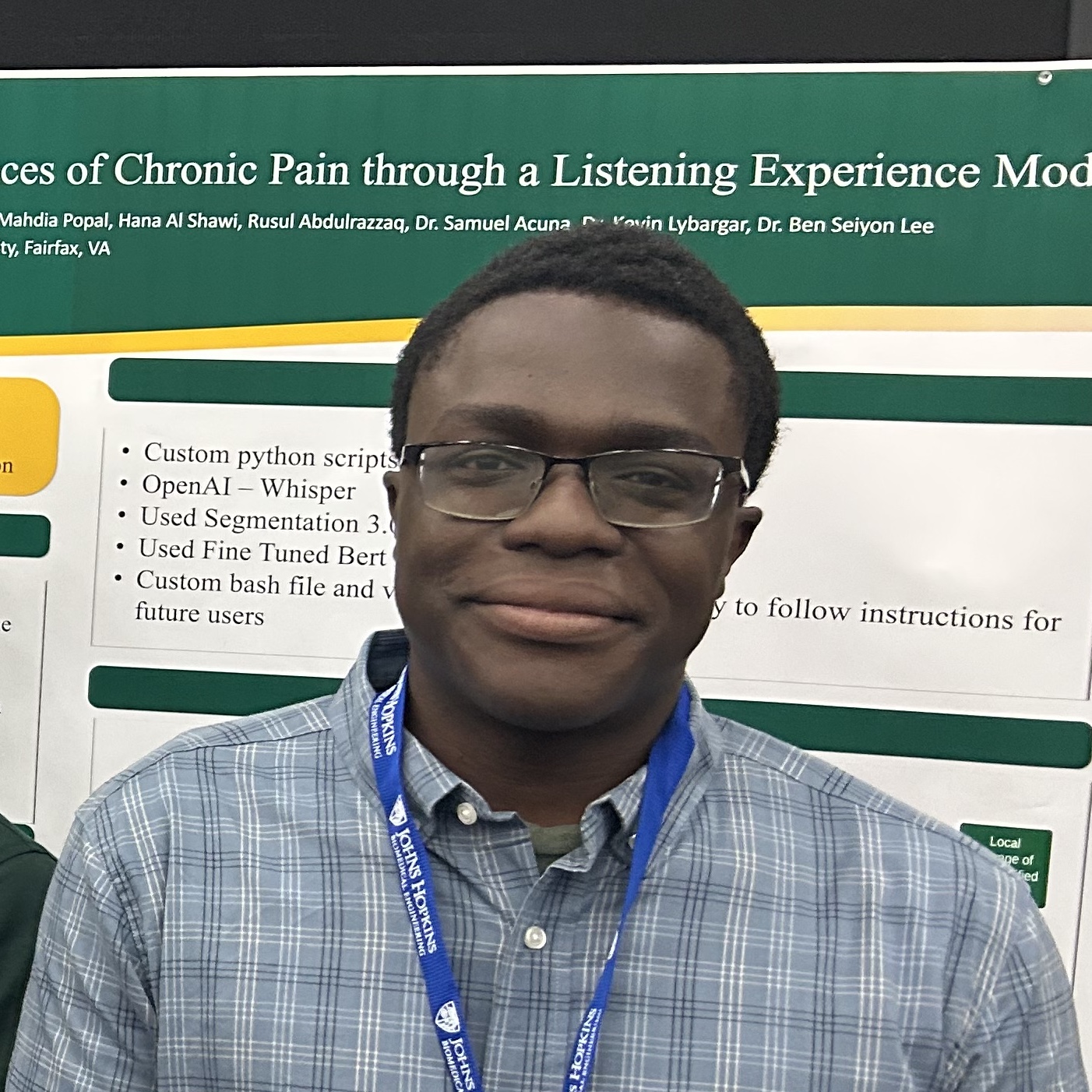
Statistics

Kinesiology
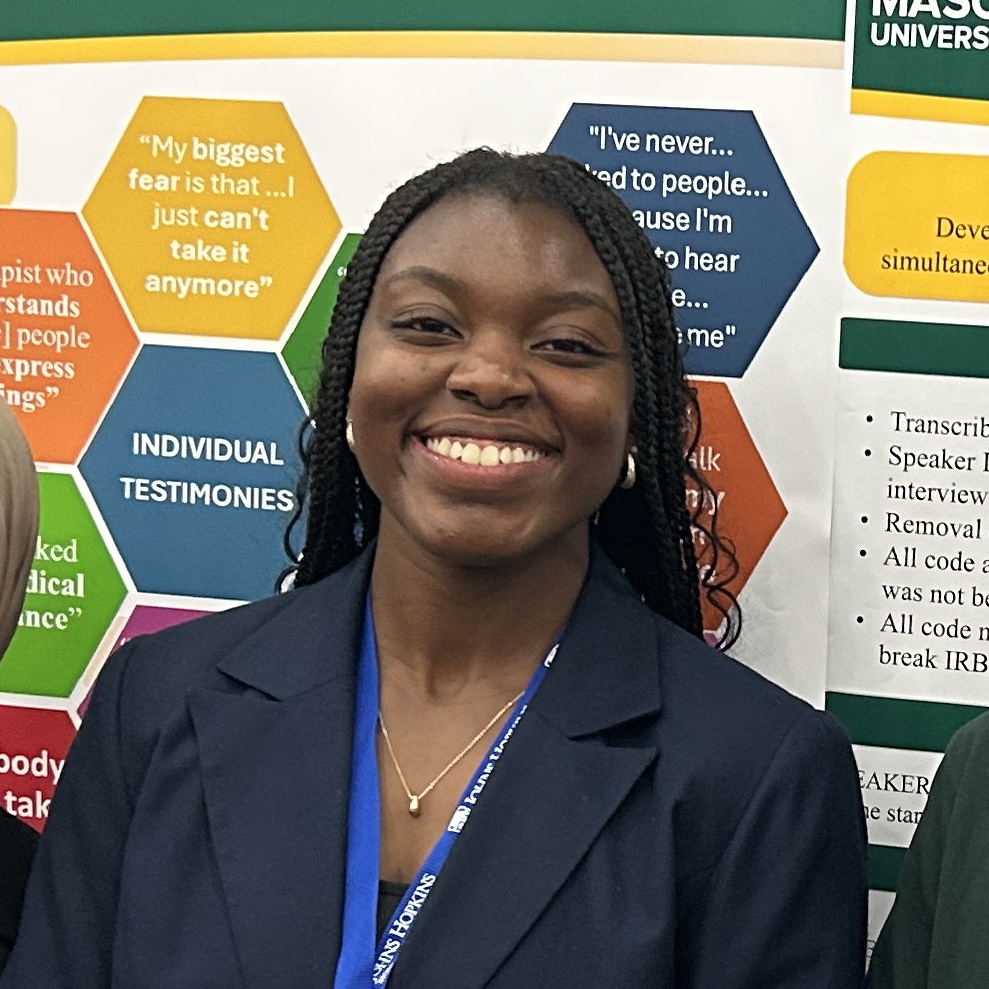
Bioengineering

Biology
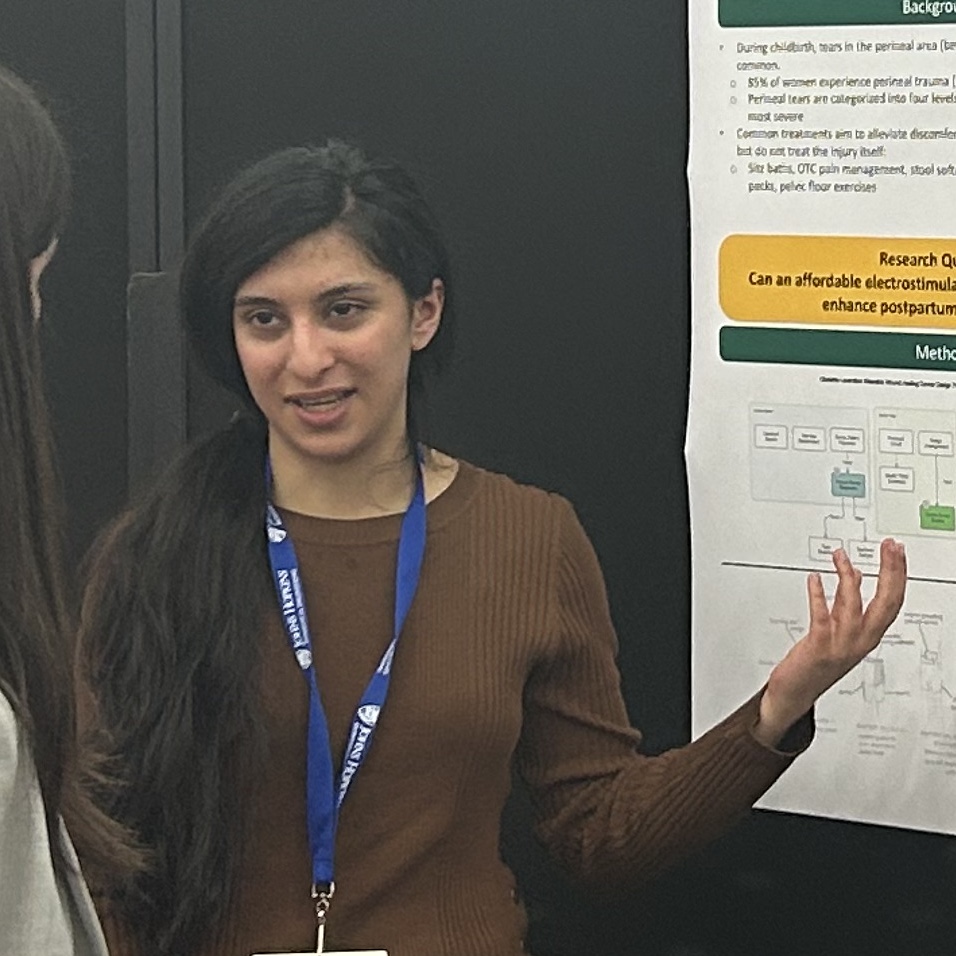
Bioengineering


